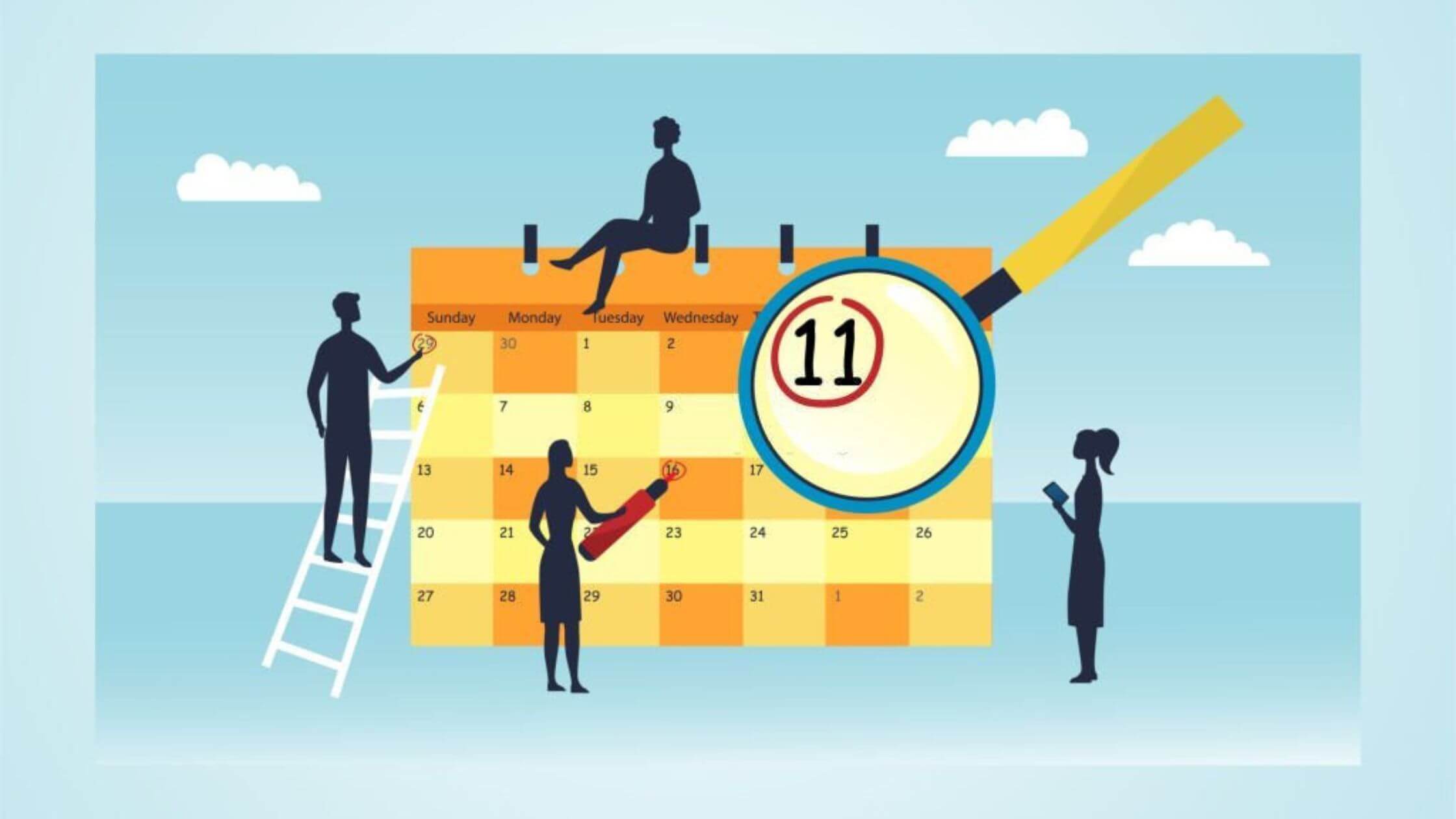

As a project manager, creating a comprehensive and well-structured project plan is crucial for the success of your projects. A project plan serves as a roadmap that outlines the project’s objectives, scope, timeline, resources, and other important details. In this article, we will provide a project plan example based on a real-life project, giving you insights into its key components and structure. By understanding this sample project plan, you can learn how to create your own project plans that effectively guide your project management efforts.
Project Overview
The project we will be using as an example is the implementation of a new customer relationship management (CRM) system for a medium-sized company. The objective of the project is to streamline the company’s sales and customer management processes, improve data accuracy, and enhance customer satisfaction. The project has a duration of six months and involves multiple stakeholders from different departments within the organization.
Finding the right project plan
If you choose to work from a project management template, you may realize you are spending a great deal of time modifying details. In many cases, the template may either have sections that you do not need or else, it may not include an area that is important to your particular project.
So what is the best course of action? While templates can give you an idea or direction for the look, feel or style of your template, we recommend creating your own, step-by-step. This way, you’ll ensure all components and details are covered and ready to help you manage the plan.
But where to begin? Let’s dive into that now.
How to Get Started In Creating a Project Plan
To begin, you may be tempted to just start working on this project plan on your own. This may not only be difficult, but you may also miss out on opportunities to collaborate with team members and ensure that the project plan includes their thoughts and what they consider the most important features. It may also be easier to incorporate thoughts and opinions collected from team members at the start of the project plan, rather than needing to modify later to try to fit in elements that may have been missing.
So, this is our advice: begin with a team collaboration activity. Discuss the project with all involved and collect any and all thoughts, details, and ideas that need to be included in the plan.
Key Components of the Project Plan
A project plan typically includes the following key components:
- Project Objectives: Clearly state the goals and objectives of the project.
- Project Scope: Define the boundaries and deliverables of the project.
- Project Timeline: Create a timeline that outlines the project’s major phases, milestones, and deadlines.
- Resource Allocation: Identify the resources required for the project, including personnel, equipment, and budget.
- Risk Assessment and Mitigation: Identify potential risks and develop strategies to mitigate them.
- Communication Plan: Define the communication channels, frequency, and stakeholders involved in project communication.
- Quality Assurance: Establish quality control measures to ensure project deliverables meet the required standards.
- Change Management: Plan for managing changes that may arise during the project and their impact on project scope, timeline, and resources.
- Monitoring and Evaluation: Define the methods and metrics for monitoring and evaluating project progress and success.
Structure of the Project Plan
A project plan typically follows a structure that organizes the information in a logical and cohesive manner. Here is a suggested structure:
- Introduction: Provide an overview of the project and its objectives.
- Project Scope: Clearly define the project’s boundaries and deliverables.
- Project Phases: Outline the major phases of the project and the activities involved in each phase.
- Timeline: Present a visual timeline that illustrates the project’s duration, milestones, and deadlines.
- Resource Allocation: Specify the resources required for the project and how they will be allocated.
- Risk Management: Identify potential risks, assess their impact and probability, and develop mitigation strategies.
- Communication Plan: Define the communication channels, stakeholders, and frequency of project communication.
- Quality Assurance: Detail the quality control measures to be implemented to ensure project deliverables meet the required standards.
- Change Management: Describe the procedures for managing changes that may impact project scope, timeline, or resources.
- Monitoring and Evaluation: Explain the methods and metrics used to monitor project progress and evaluate its success.
- Conclusion: Summarize the key points of the project plan and reiterate its importance for project success.
Sign-up for a Brain Sensei Free Preview! Our free 7-day previews offer you a glimpse into the resources, teaching methods, and content you can expect from our full exam prep courses, exam simulators and PDU bundles. Fill out the form below and you’ll receive an email with your login details. You’ll get exclusive access to select modules, and get a tantalizing preview of the full content.
Conclusion
A project plan is an essential tool for project managers to effectively plan, execute, and monitor their projects. By examining a real-life project plan example and understanding its key components and structure, you can gain valuable insights into creating your own project plans. Remember, a well-structured project plan sets the foundation for successful project management, enabling you to achieve your project’s objectives within the defined scope, timeline, and resource constraints.
Have you led projects and are looking to earn a project management certification? You might be interested in learning about how lucrative this can be. Check out these articles.
13 PMP Benefits Once You Get The PMP Certification
No experience leading projects but still want to get into project management? No problem! Check out these articles.
CAPM Certification Eligibility
What is a Certified Project Manager; How do I get PM Certifications


